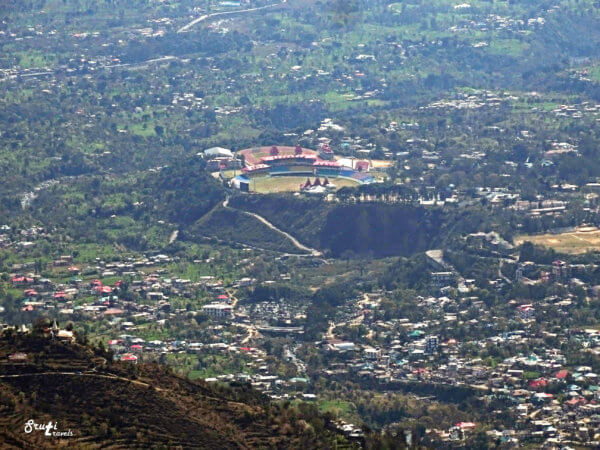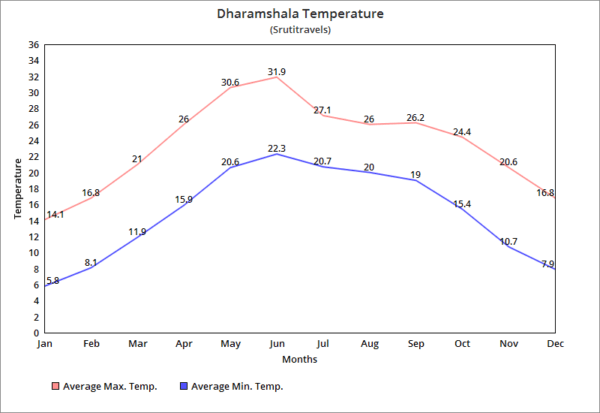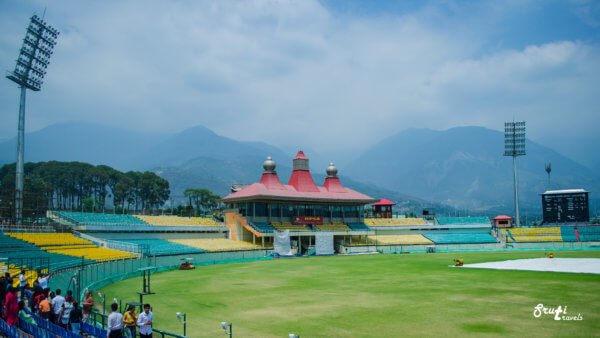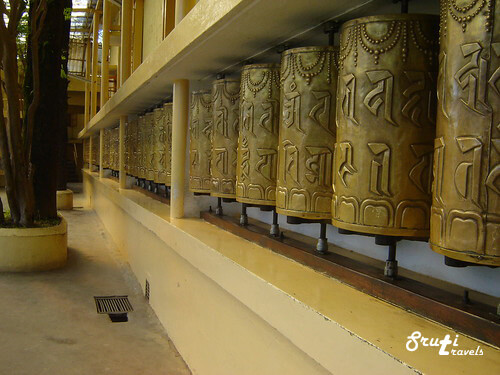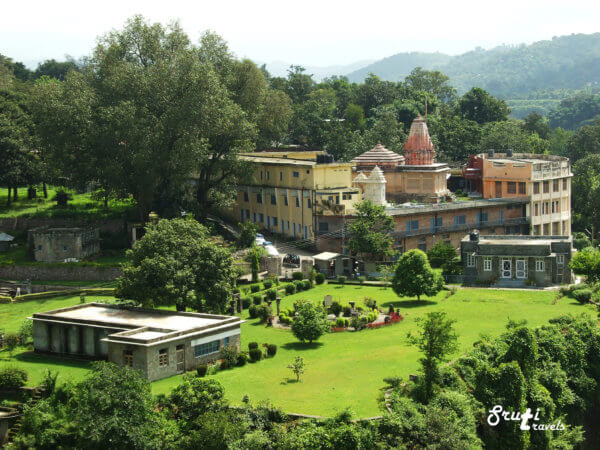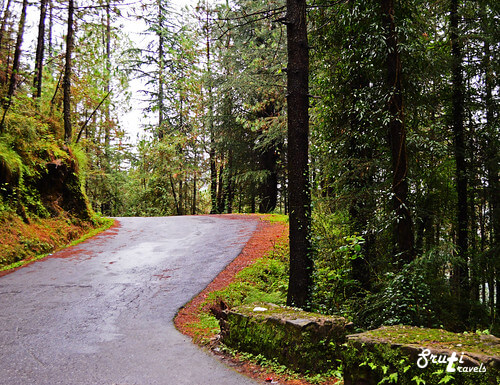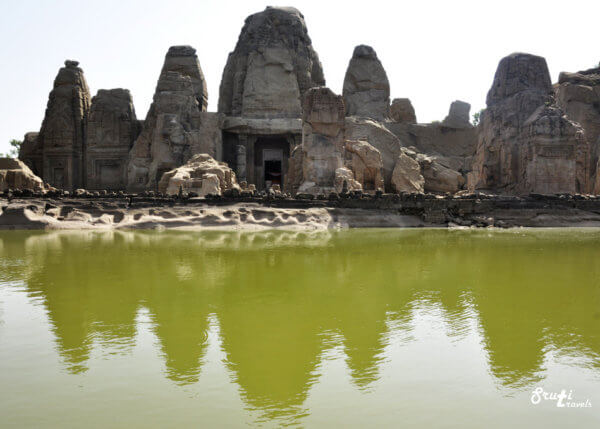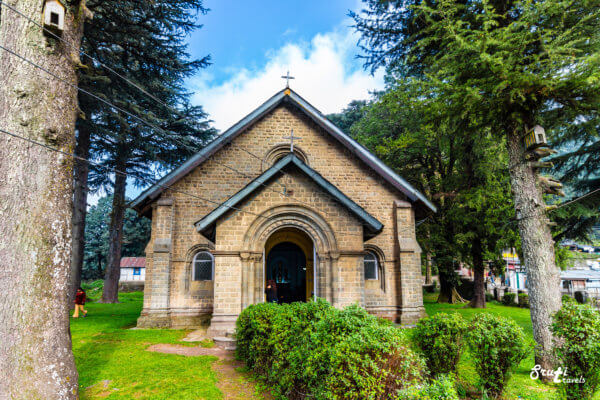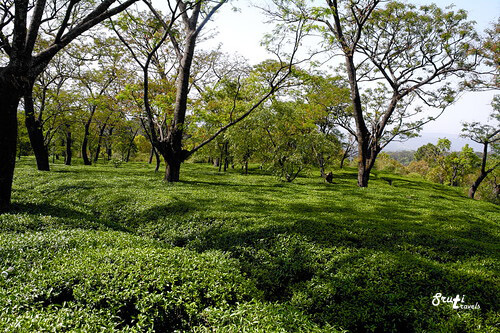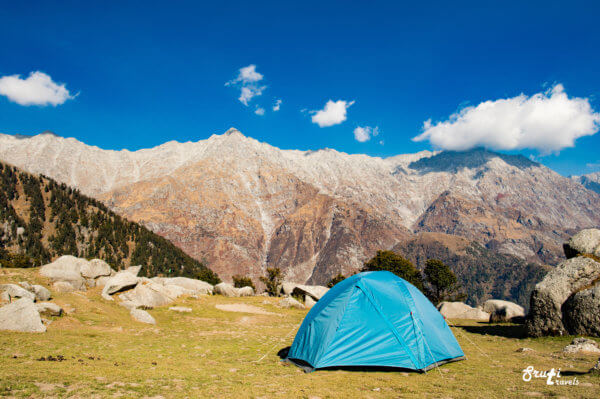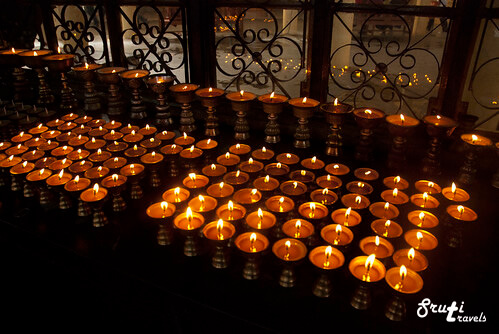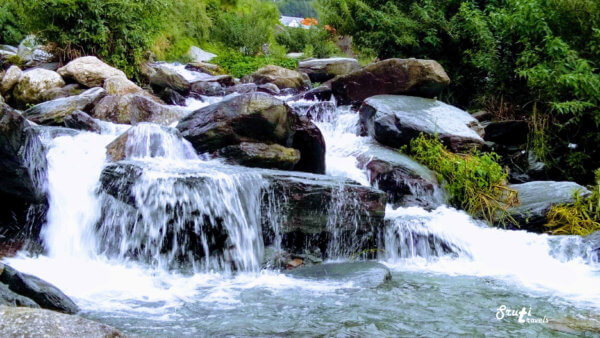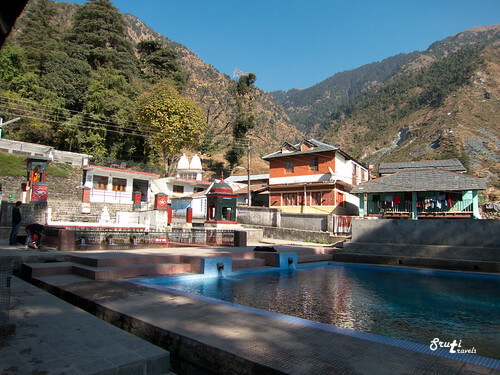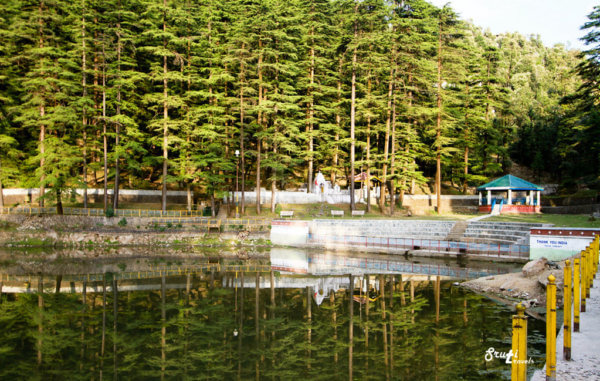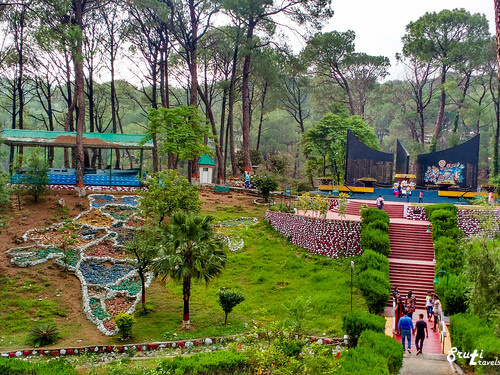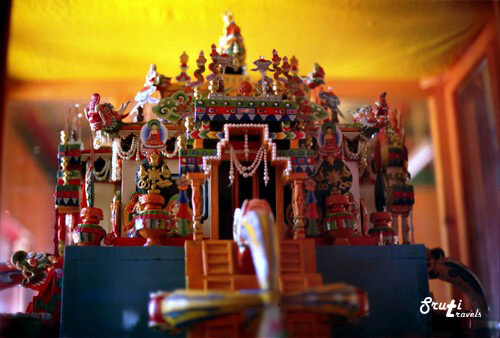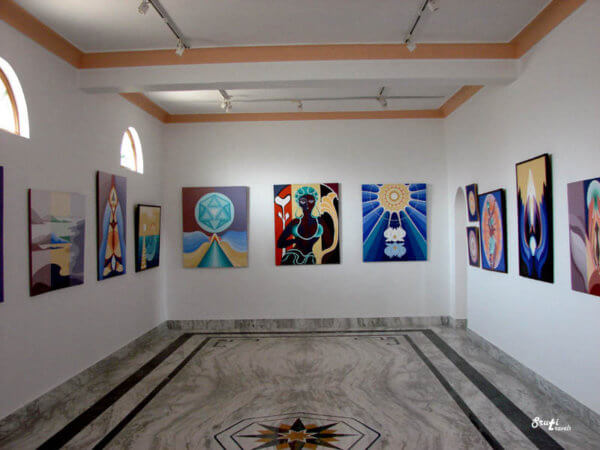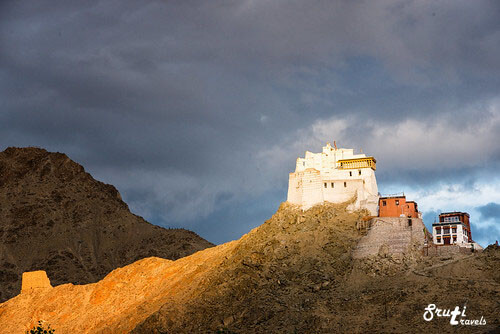Dharamshala Sightseeing
Dharamshala
Located amidst the landscape valleys of Kangra, at a height of 1,475 m, a tranquil town of Dharamshala is a beautiful hill station, covering itself under the mesmerizing blanket of snow-clad mountains, thick forests of Deodar trees, ancient monasteries and warmth of its people with exotic cultures and traditions. Dharamshala is home to the great Tibetan Leader, The Dalai Lama along with many other Buddhist monks and nuns hence making Dharamshala into the most famous tourist destination of India attracting tourists Nationally and Internationally to discover and know about its Tibetan Influence.It is known to be the best place to explore Buddhism and learn its traditions and cultures. Surrounded by Dhauladhar Ranges, Dharamshala is divided into two regions – Upper Dharamshala and Lower Dharamshala with different altitudes. The upper dharamshala is majorly McLeodganj and the lower division is of Dharamshala.
Best Time to Visit Dharamshala
To get soaked in the beauty of beautiful “Little Lhasa”, you can pack you bags to Dharamshala anytime of the year. Although beating the scorching summers in the pleasant atmosphere of Dharamshala is incomparable. But summers can be overcrowded owing to its serenity. Summers are also perfect for trekking in Dharamshala. It is however best for honeymooners to visit in December or January.
Major Attractions of Dharamshala
Dharamshala Cricket Stadium
Dharamshala Cricket Stadium is one of the highest sports grounds in the world owing to it peaked at an altitude of 1,457 m above sea level. Built by the Himachal Pradesh cricket Association, the stadium off=ten serves as the practice ground for Indian Cricket Team, Indian Premier League(IPL) and that state team of Himachal. It holds the capacity to seat around 23,000 people in its premises.Nestled amidst the cool mountain ranges, it is ranked as one of the top places to visit in Dharamshala.
McLeodganj
 A suburb in Dharamshala, Mcleodganj is a beautiful tourist attraction located at a height of around 1770 m. Fondly called “Little Lhasa” due to the presence of Tibetans, Mcleodganj is a quaint little hamlet known for trekking, boasting the plethora of idyllic landscapes and enticing bounties. Since it is home to His Holiness the 14th Dalai Lama, the world famous Tibetian spiitual leader, makes mcleodganj famous around the world hence attracting thousands of Native and international tourists, some of whom starts taking courses in Buddhism with the Tibetian community. Thousands of Tibetan refugees also live here and so the sight of maroon robed monks and nuns is quite prominent.While in exile, Tibetan Government has been headquartered here for over three decades hence a major buddhist centre making it an important historic town. McLeodganj was named after Sir Donald Friell McLeod who was commanding as lieutenant Governor of Punjab. Being a home to Tibetan community, one can witness the Tibetan architectural styles,temples, culture, traditions, handicrafts can be seen around.
A suburb in Dharamshala, Mcleodganj is a beautiful tourist attraction located at a height of around 1770 m. Fondly called “Little Lhasa” due to the presence of Tibetans, Mcleodganj is a quaint little hamlet known for trekking, boasting the plethora of idyllic landscapes and enticing bounties. Since it is home to His Holiness the 14th Dalai Lama, the world famous Tibetian spiitual leader, makes mcleodganj famous around the world hence attracting thousands of Native and international tourists, some of whom starts taking courses in Buddhism with the Tibetian community. Thousands of Tibetan refugees also live here and so the sight of maroon robed monks and nuns is quite prominent.While in exile, Tibetan Government has been headquartered here for over three decades hence a major buddhist centre making it an important historic town. McLeodganj was named after Sir Donald Friell McLeod who was commanding as lieutenant Governor of Punjab. Being a home to Tibetan community, one can witness the Tibetan architectural styles,temples, culture, traditions, handicrafts can be seen around.
Tsuglag Khang
Located in the upper division of Dharamshala which is the town of McLeodganj, located on the temple road, TsuglagKhang Complex is a religios centre for being the holi abode of the greatest Tibetan Leader, The Dalai Lama and his many monks and Nuns. The complex houses a monastery, a museum, library,various stupas, bookstore, statues of Lord Buddha, Chenrezig and Guru Rinpoche and cafe.
Dharamshala International Film Festival
“The Dharamshala International Film Festival is my favourite film festival in India because there are no frills attached to it. It is purely about watching films and meeting people… there are opportunities to make real contact. This aspect makes it a really special and unique festival.” – Adil Hussain, Actor, Mukti Bhavan
When filmmakers and longtime Dharamshala residents Ritu Sarin and Tenzing Sonam started the Dharamshala International Film Festival in 2012, their main aim was to give the local community a platform for good alternative cinema. Five years later DIFF has become one of India’s leading independent film festivals and draws audiences from across the world.
Kangra Fort
As you drive from Shimla – Mataur national highway,you come across a gradeur fort lurking atop the flat mountain range. This historically significant fort is situated around 3 km from Kangra town and is also known as Nagarkot.The history of the fort has its origins from the ancient Trigarta Kingdom, which was mentioned in the Mahabharata. It was sacked a number of times for the unimaginable riches offered to Vrijeshwari Temple inside the fort.In 1622, the fort was invaded and captured by Jahangir from whom Raja Sanskar Chand II recovered the fort of his ancestors and ultimately handed over to the British but was heavily damaged by the earthquake of April 4,1905. Now most of the fort is in ruins now but stands as a symbol of royalty and valor.
Dharamkot
Crowned beautifully on the top of a hill, around 14 km from Dharamshala overlooking the enchanting panoramic views of Dhaladhar Ranges and Kangra Valley lives a small quaint town named Dharamkot. On your trek to this destination, you can relax at Bhagsu Waterfall and continue your trek for this location to offer you with breathtaking views. It is famously called as ‘Yoga Village’ for it is home to Dhamma Shikhara Vipassana Meditation Centre and Tushita Buddhist Meditation Centre and now mostly occupied by foreigners who live in the village homes and practice meditation. If you are looking for a calm spiritual retreat , then Dharamkot is the ideal location for you.
Masroor Rock cut Temple
The Masroor Temple of Kangra is a rare monolithic rock cut temples in North India that is dated to circa 8th century AD. It is an ambitious feat comparable with the rock hewn shrines of Ajanta and Ellora in Western India. Dedicated to Lord Shiva, Vishnu, Rama, Lakshmana, Sita and other Hindu deities, the complex in all has 15 Indo-Aryan style temples cut in the rock. They face the eastern Sun with a rectangular pool in the courtyard. Reflection of the temple shikhara’s in the pool waters casts a spell binding image of Masroor. In easy reach, this rare temple complex is only 40 km from Kangra.
Situated at an altitude of 800 meters above sea level, Masrur Temples is one of the most visited temples in Kangra and a home to fifteen sumptuously shaped massive rock temples which are synonymous to the Ajanta and Ellora.
St. John’s Church
Located about 8 km from Dharamshala, the church lies amidst McLeodganj in a dense forest area of Forsyth Ganj dedicated to John the baptist is built in a Neo-Gothic style. The Governer General and Viceroy of India, Lord Elgin loved the quaint and pacifying village of McLeodganj. The church overlooks the final resting place of Lord Elgin. The famous Belgian stained-glass windows was a gift from Lady Elgin, wife of Lord Elgin.
Tea Gardens
The walk in and around tea gardens is the most refreshing and major attraction of Palampur district of Dharamshala. No wonder it is called the ‘Tea Capital of Northern India’. The aroma of tea fields is like stepping into true haven for tea lovers. Tourists are briefed about making perfect tea heightens their delightful experience. Kangra Tea is the most famous of all teas.
Triund
A gem in the jewels of McLeodganj, Triund is located about 17 km from Dharamshala at a height of 2,827 m. The mighty hill overlooks the majestic snow-covered Dhauladhar Ranges on one side and Kangra Valley on the other.It is accessible via small and easy trek of about 8 km from Galu Temple of Dharamkot which is 2 km from Mcleodganj and follows an enchanting trail covered around with lush greenery and accessible forest across covered with tall deodars and rhododendron trees are a spectacular sight in itself. Night camping under the starts on the hilltop offers a pristine night landscape which completely takes you to another world.
Dalai Lama Temple
The home of Tibetan spiritual leader, the Dalai Lama oftenly called ‘The Dalai Lama temple’ and largest Tibetan Temple outside Tibet lies inside the premises of Namgyal Monastery.Founded in the 1575 by the second Dalai Lama first in Tibet but had to be relocated and established in Dharamshala after the Tibet were invaded by Red Chinese in 1959. The monks residing here help Dalai Lama in his religious affairs like preserving ancient rituals and traditions. The study of the languages Tibetan and English, texts of Sutra and Tantra, Buddhist philosophy, sand mandalas, ritual chanting, and dances are all included in the study of Buddhism.
Bhagsu Waterfall
The most famous tourist attraction located on the main road connecting Dharamshala and McLeodganj is Bhagsu waterfall sitauated around 11 kms from Dharamshala and only 2 km from McLeodganj. It is known for its fresh water spring and old temple shining amidst glorious natural beauty of mountains and trees. The major attraction here is the Bhagsu temple. The sole option to reach the waterfall is an adventurous trek. The waterfall starts at a relious spot called Dhauladhar valley and after passing through the famous Bhagsunag temple, cascades gracefully into a chilling spring. The cafeteria and restaurants near the waterfall to serve you coffee and lip-smacking dishes while sitting near or in the chilling water of spring while enjoying the wilderness amidst the gushing sounds of waterfall are a beautiful sight which you can never forget from your memories of Dharamshala or McLeodganj. During monsoons, the waterfall turns into an elegant sight falling from 20 m.
Bhagsunath Temple
Located ahead of Bhagsunath waterfall, is the oldest and ancient temple famously called the Bhagsunath temple. The two pools inside the premises of temple are said to have curing magical powers and thus people from far and near visit the temple to take a holy dip in its waters and seek the blessings of Almighty It is said that after the King Bhagsu was pardoned from incurring the wrath of snake god, the King in gratitude built his shrine It is majorly visited by Gorkha community .
Dal Lake
Named after the Dal Lake of Srinagar and about 4 km from McLeodganj near a small village called Tota Rani lies Dal Lake. Surrounded by Deodar trees the lake has a greenish hue and is inhabited by fish. If available,boating in the lake is a magical experience.A small shrine is located in the near proximity to the lake of Durveshwar Mahadev(Lord Shiva).
War Memorial
To bring out your patriotic side, War Memorial is situated on Kachehri Road at the entrance point of Dharamshala. Built in the memory of the valiant soldiers who fought for their motherland, you can witness the names of war heroes inscribed here and the mere sight of war tanks makes it worth the visit. The trail through the pine tree forests and the hidden routes to them to visit the memorial is quite astonishing in itself.
Library of Tibetan Works and Archives
Founded by the 14th Dalai Lama named Tenzin Gyatso, the Library of Tibetan works and archives is one of the most important libraries of Tibetan work in the world. Around 80,000 manuscripts of Buddhism archives for the subjects relating to Tibetan history, politics, culture and art , it exists as a resource to provide knowledge about the rich culture and heritage.
Naam Art Gallery
Located around 32 km from Dharamshala, the gallery has a huge collection of paintings by Elizabeth Buschmann who belongs to Germany, who is also the founder of the gallery. It also has paintings from A.W. Hallett, who is an English painter.
Namgyal Monastery
The home of Tibetan spiritual leader, the Dalai Lama often called ‘The Dalai Lama temple’ and largest Tibetan Temple outside Tibet lies inside the premises of Namgyal Monastery. Founded in the 1575 by the second Dalai Lama first in Tibet but had to be relocated and established in Dharamshala after the Tibet were invaded by Red Chinese in 1959. The monks residing here help Dalai Lama in his religious affairs like preserving ancient rituals and traditions. The study of the languages Tibetan and English, texts of Sutra and Tantra, Buddhist philosophy, sand mandalas, ritual chanting, and dances are all included in the study of Buddhism.



